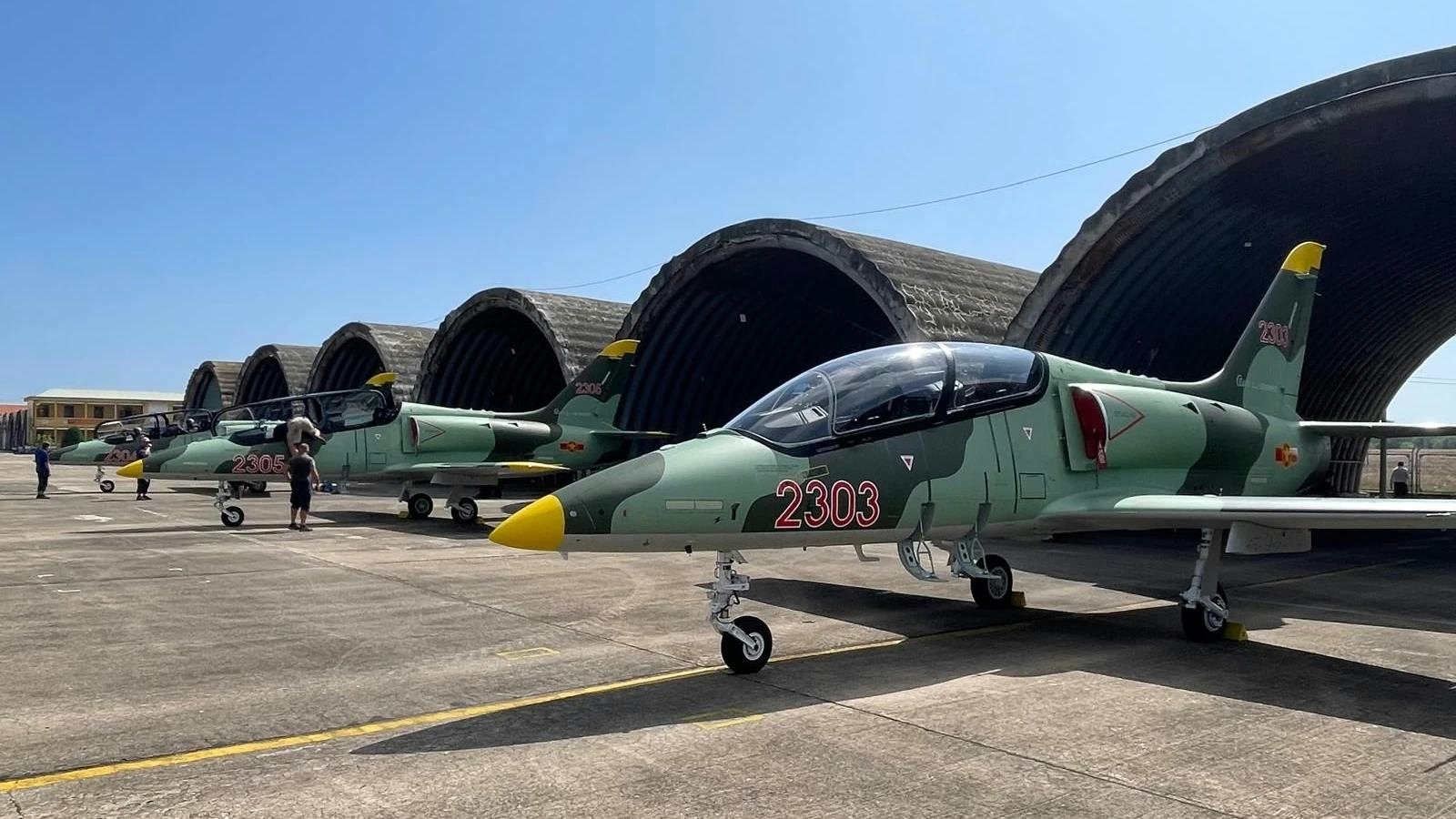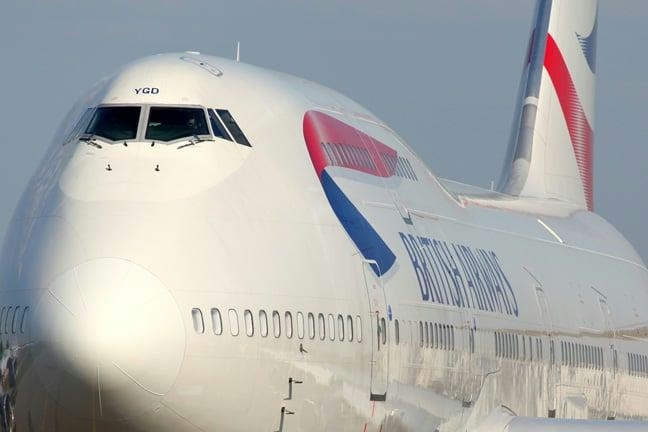
AeroGenie — Votre copilote intelligent.
Tendances
Categories
Werner Aero Acquires Boeing 737-700 for Dismantling

Werner Aero Acquires Boeing 737-700 for Dismantling Amid Industry Scrutiny
Werner Aero has secured a Boeing 737-700 aircraft, MSN 32426, from Carlyle Aviation Partners, signaling a strategic effort to bolster its inventory of high-demand Boeing 737NG components. The aircraft is currently stationed at eCube’s facility in Castellón, Spain, where it will be dismantled to harvest parts. This initiative aims to enhance Werner Aero’s ability to support its extensive global network of airline and maintenance, repair, and overhaul (MRO) customers by ensuring a reliable supply of critical aftermarket solutions.
Context of the Acquisition
The decision to dismantle the 737-700 comes at a time when Boeing is under intensified scrutiny. The manufacturer recently reached legal settlements to avoid criminal charges related to the 737 MAX crashes and issues with door plugs, drawing attention to its safety record and operational practices. While some industry stakeholders, including Emirates, have expressed cautious optimism regarding Boeing’s efforts to address these challenges and restore confidence, others remain vigilant, closely observing the company’s capacity to increase production and resolve ongoing safety concerns.
Strategic Implications for Werner Aero
Werner Aero’s approach reflects a balance of opportunity and prudence. By carefully dismantling the aircraft and integrating its components into their expanding inventory, the company seeks to provide reliable, high-quality parts to operators of the Boeing 737NG fleet, one of the most widely utilized aircraft families in commercial aviation. These components will be distributed through Werner Aero’s established global supply channels, supporting airlines and MRO providers in maintaining operational efficiency and fleet reliability.
As the aftermarket supply chain adapts to shifting industry dynamics, Werner Aero continues to prioritize responsiveness, quality assurance, and global reach. The addition of this airframe aligns with the company’s long-term strategy to meet evolving customer needs amid the broader market’s assessment of Boeing’s recent challenges. While competitor responses may differ, the overarching focus remains on ensuring consistent availability of essential parts for the 737NG fleet.
Werner Aero’s latest acquisition underscores its commitment to supporting the aviation sector through both stable and uncertain periods, reinforcing its role as a key player in the global aftermarket for Boeing aircraft components.

UAE Airports Adopt AI to Manage Rising Passenger Traffic

Spain’s Leading Airlines and Hotels Use Google Flights AI to Enhance Holiday Offers

Vietnam Grounds 28 Aircraft Amid Global Engine Shortage

United Airlines Flight Returns to Dulles After Engine Failure on Takeoff

United Airlines flight makes emergency landing at Dulles after engine failure

The Impact of the New Air Force One’s Delayed 2028 Arrival on Aviation and Travel

United Airlines Restarts Controversial AI Scheduling for Flight Attendants

Joby Aviation’s Air Taxis Poised to Change Urban Travel and Tourism

BA Chief Warns AI Agents May Diminish Brand Visibility
